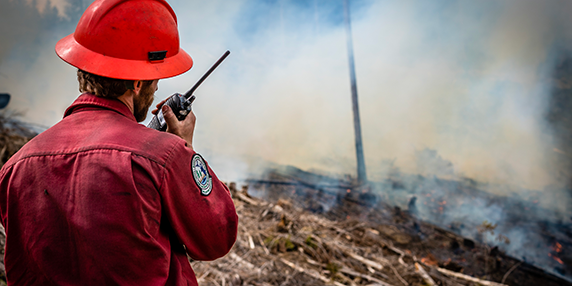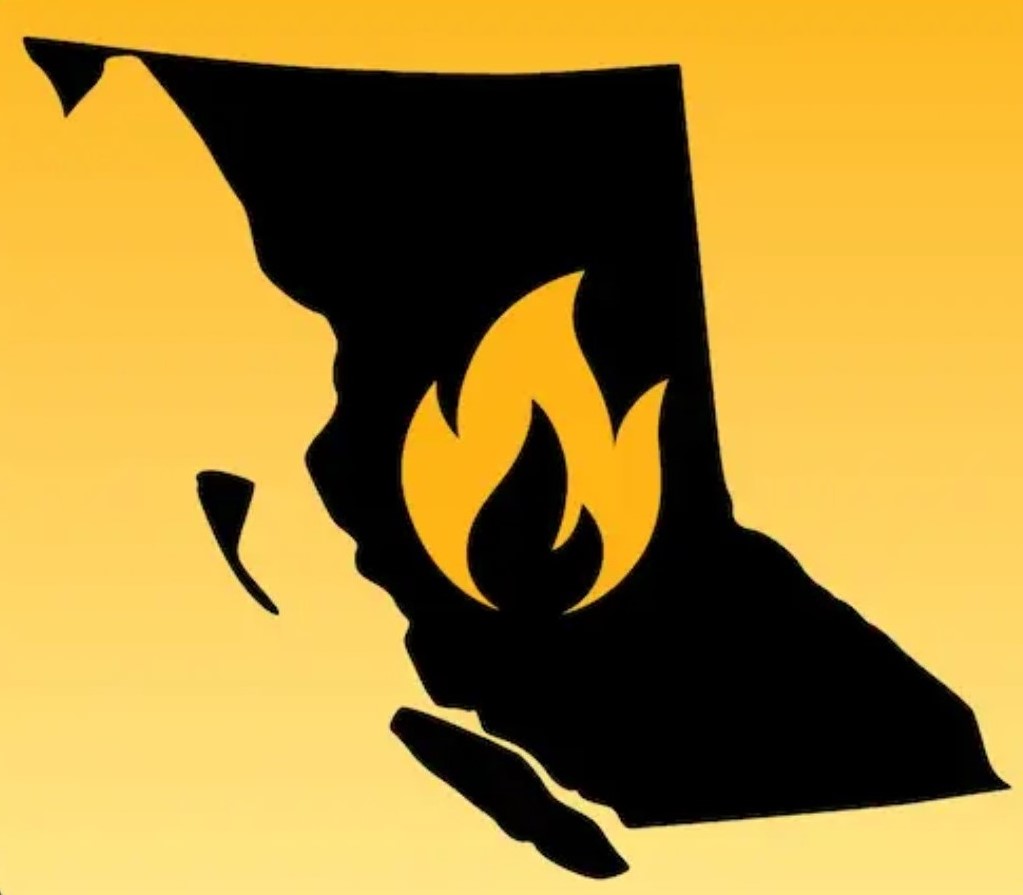Wildfire response types and attack methods

Every wildfire is unique. The BC Wildfire Service selects response types and attack methods based on fire behaviour, potential risks and environmental factors. Some fires should be suppressed as soon as possible, but other fires should be allowed to burn.
Wildfire response types
Wildfire attack methods
Response types
Full response
The BC Wildfire Service uses a full response when there is threat to public safety and/or property and other values, such as infrastructure or timber. Immediate action is taken. During a full response, a wildfire is suppressed and controlled until it is deemed "out".
Modified response
During a modified response, a wildfire is managed using a combination of techniques with the goal to minimize damage while maximizing ecological benefits from the fire. This response method is used when there is no immediate threat to values.
Attack methods
The BC Wildfire Service selects attack methods based on the size and intensity of a wildfire. All attack methods prioritize the protection of values and the safety of firefighters.
Direct attack
Control lines are established adjacent to the fire. Direct attack is conducted on low-intensity wildfires that pose minimal risk to safety of firefighters.
Parallel attack
For low-to moderate-intensity wildfires, control lines are built near the fire and fuel between the control line and the fire is burned off. Natural and infrastructure features may be used as control lines
Indirect attack
When wildfires are moderate-to high-intensity, it's unsafe for crews to work close by. Crews work to establish control lines further from the fire, hundreds or thousands of meters away from fire's edge, aiming to box-in the fire.
Frequently asked questions
What is the difference between attack methods and "initial attack"?
If a wildfire has the potential to threaten life, property or other values, the BC Wildfire Service will attempt to control it as quickly as possible. "Initial attack" refers to the early stages of wildfire management when incidents are attacked directly, with quick-response initial attack crews.
What is sustained action?
Due to fire weather and other factors, wildfires may spread beyond initial attack capability (smaller quick-response crews). In cases where wildfires exceed initial attack resources, the BC Wildfire Service begins using "sustained action" tactics involving unit crews, aircraft, and heavy equipment, all led by an incident management team.
Although sustained action wildfires make up roughly 6% of distinct incidents in B.C., their size and complexity require the largest amount of resources and subsequent recovery operations.

 Keep updated on the latest wildfire developments in B.C.
Keep updated on the latest wildfire developments in B.C.